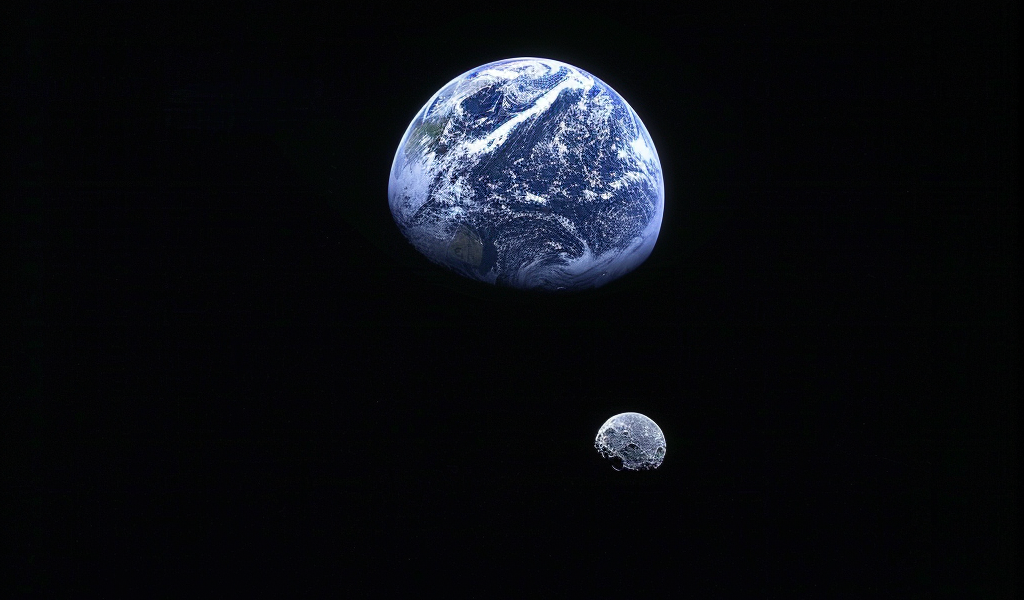Earth has a new ‘second moon’ that has caught the attention of scientists. This second moon, known as asteroid Kamo’oalewa, has been found to originate from the moon itself, specifically from the Giordano Bruno crater on the moon’s far side.
Kamo’oalewa, also referred to as 2016 HO3, is a celestial object ranging from 130 to 330 feet (40 to 100 meters) in size, which is comparable to the dimensions of the Statue of Liberty. Discovered in 2016 by the Pan-STARRS telescope array in Hawaii, Kamo’oalewa is classified as a near-Earth asteroid (NEA) and is one of approximately 250,000 NEAs known to date.
Interestingly, Kamo’oalewa is considered a quasi-satellite of Earth, exhibiting an orbit that mimics Earth’s movements around the sun in a 1:1 resonance pattern.
The recent findings, detailed in a study published in Nature Astronomy, indicate that Kamo’oalewa’s origin can be traced back to the Giordano Bruno crater on the moon. This crater, measuring 14 miles (22 kilometers) in width, is believed to be one of the youngest craters of its size on the moon’s surface, resulting from an asteroid impact that occurred between one million and 10 million years ago.
Researchers utilized numerical simulations and supercomputers to analyze the impact event that led to the creation of Kamo’oalewa. The study involved extensive computational work to explore various scenarios.
Notably, this is not the first time the moon has been linked to Kamo’oalewa’s origins. In 2021, astronomers from the University of Arizona proposed that Kamo’oalewa could be a lunar fragment based on its unique spectral characteristics. Subsequent research supported this theory, suggesting that moon fragments resulting from recent impacts could enter orbits resembling that of Kamo’oalewa.
While the moon is marked by numerous craters caused by impacts, the ejected lunar material typically falls back to the moon’s surface. However, Kamo’oalewa presents a rare case of a fragment escaping the moon’s gravitational pull and entering Earth’s vicinity.
Looking ahead, further insights into Earth’s ‘second moon’ are anticipated. China’s upcoming mission is poised to provide additional information about this intriguing celestial object, shedding more light on its origins and characteristics.





